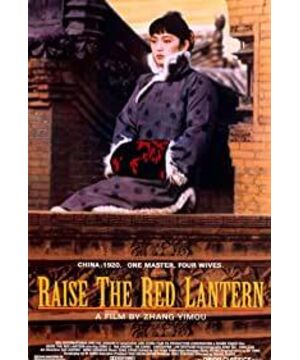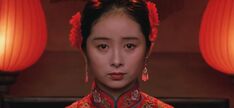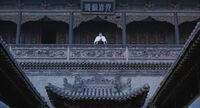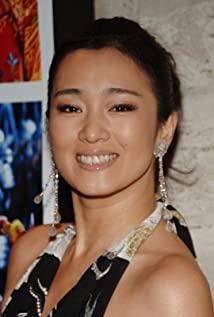"High Red Lanterns" directed by Zhang Yimou is adapted from "Wives and Concubines" by Su Tong. The film tells about the rough situations of several wives in the compound under the background of feudal society. The compound represented the social ecology at that time, and Mrs. Jifang alluded to the group portraits of oppressed, objectified and mutilated women in the social ecology. It vividly shows the life situation of women in a patriarchal society. Criticized the feudal order and patriarchy. Call on women to fight for spiritual freedom and the dignity of women.
The film is very artistic in its narrative. Through folklore, architecture, and color, it gives the audience a shock and resonance in a comprehensive, three-dimensional and diverse manner. In terms of architecture, the house structure in the courtyard clearly illustrates the relationship between characters and the social ecology. The patriarchal-centred social context comes to the fore. The sense of cage created by the high courtyard walls and the living environment embedded in the loess allude to the tragic end of the women living in it. It alludes to the bloody fact that women in the old era went to "death" and were "buried" under the cruelty of the old social order. The focal length of the deep depth of field combined with the use of various doors and frames creates a strong sense of depth. Layer by layer, the characters cannot escape in the cramped space, which once again illustrates the fate of women.
The folklore of hammering feet in the movie is the process by which men use their power to "tame" and objectify women. Song Lian didn't care from the beginning, to the itchy feet later, to the almost half-crazy need. The naked and penetrating image shows the struggle of an independent woman under the shroud of patriarchy. It reveals the tangled psychology and helpless situation of women in the old era of "wanting but not wanting, not wanting but having to". Forced to lose the power of choice and the human instinct to yearn for freedom and beauty, gradually become a cocoon and hide in the ground forever.
There are four colors in the whole film, the warm tone that just entered the Chen residence, the full red tone, the dark cool tone, and the all white tone after the third wife's death. From the first time Song Lian entered the Chen Mansion, she still had a rebellious mentality and was not assimilated by the system; to Song Lian, who was gradually assimilated, began to compete for the opportunity to light the lamp, and participated in the struggle between wives; and then Song Lian realized that the Chen Mansion was a murderer. The cage, however, cannot be escaped; until the climax of the whole film, the third wife is killed, and the funeral-like Bai Xue is both a sympathy and an accusation against the backward system, and Song Lian's spirit of resistance is completely dead. The color contrast and the combination of light and shadow also played an important role in the development of the film. I won't go into details.
Red is also consistent throughout this film. But different collocations give it different meanings. In the film, where the lantern is, the master goes. But red represents the only light and warmth in the compound. This is undoubtedly a bond between male power and the hope of women's survival. Such binding itself is a kind of despair. If you don't succumb to patriarchy and the old social order, you will lose hope. But succumbing to patriarchy and surrendering one's dignity is itself a loss of hope. By assigning different meanings to the colors, the hopeless and tragic plight of women is re-emphasized.
"It's just one breath away from people and ghosts. People are ghosts, and ghosts are people." Thousands of men in the old society squandered their power recklessly and oppressed thousands of women. Men in the old society had absolute power. Women will never get out of this cage without fundamentally changing society. The "Big Red Lantern", the living tomb, will never be broken.
View more about Raise the Red Lantern reviews











